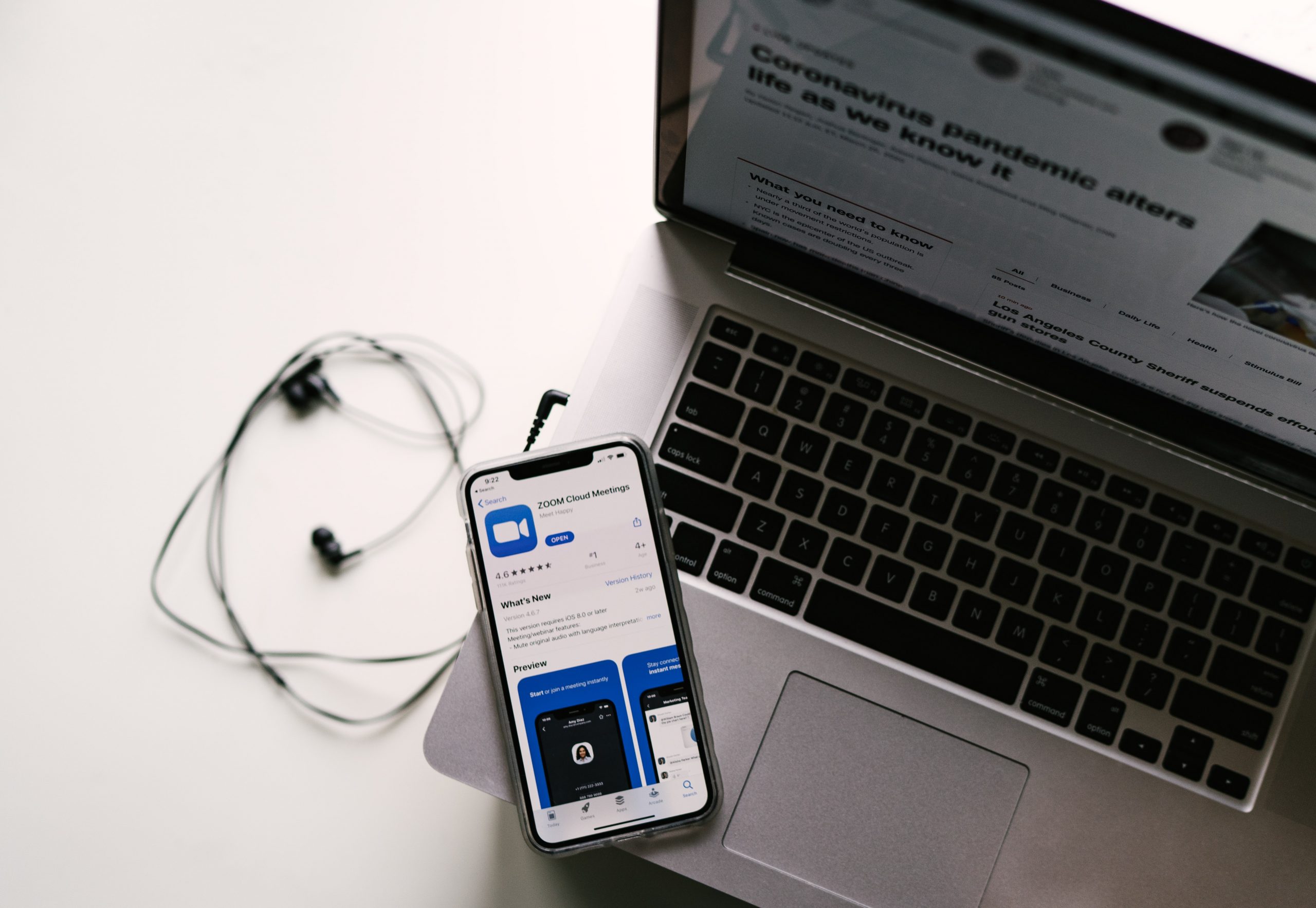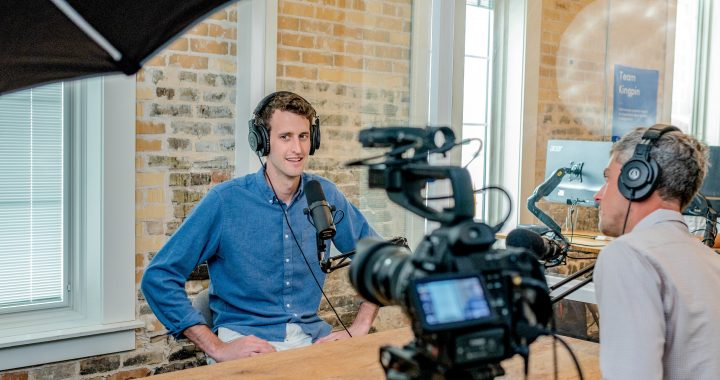The Covid-19 pandemic has become a crisis of profound magnitude for all humanity. The impact on education worldwide is incalculable as 1.53 billion enrolled learners are out of school in 184 countries. This equates to over 87% of the world’s total enrolled learners. Schools and colleges were subjected to rapid, enforced closures as an emergency measure to control the spread of the pandemic virus, thus depriving school, college and university students access to formal education in many countries. Particularly impacted are those vulnerable, at-risk students who are enonomically or socially deprived. For them, education is life-saving.
As the impact of a lengthy lockdown of education systems became apparent, many schools, colleges and third level institutions moved rapidly to mitigate the worst effects of the collapse of institutional education provision. Many education providers have been obliged to rapidly transfer to online teaching and learning by exploiting a suite of online digital tools and virtual platforms to create content for remote learning. Likewise, many teachers were quick to establish online communication with their students by using communication tools such as Zoom, Skype and Blink to provide online teaching and learning, when on-campus education was suspended.
Prior to the onset of the current pandemic crisis, education ministries, schools and third level institutions were increasingly aware of the benefits of online teaching and learning as a complementary support to on-campus or classroom teaching. The potential, additional benefit of online or e-learning pathways was becoming very evident . Online education had become a strategic priority and was increasingly becoming a core element of education planning.
While there had been steady progress in the development of e-learning opportunities and online learning programmes in the pre-Covid era, the sudden and catastrophic impact of the Covid pandemic on the entire education system was the catalyst for the rapid prioritisation of online teaching and learning programmes. Viable and effective alternatives were needed to preserve the integrity of education when access to education institutions has been denied in the medium term.
The continued uncertainty arising from the possibility of a second virus pandemic wave and the continued unavailability of a vaccine puts the funding and planning of online learning at the heart of the strategic planning process for all educational institutions. Education leaders must now prepare for an increasingly uncertain future which could see variable restrictions on access to education institutions. In such circumstances the development of appropriate online learning programmes is now an imperative, in order to complement any future impairment of education in schools and other education institutions.
Unlocking the potential of online learning is the new imperative and is a process already well underway. Schools and education institutions are now fast-forwarding a pre-Covid trend to supplement class teaching with online resources and education programmes. Indeed, as the present crisis has harshly demonstrated, online teaching and learning will need to be far more comprehensive in scope and reach, as the possibility of future pandemics is now a heightened risk. The challenge therefore, is to create virtual online school settings so that teachers and students can connect and replicate classroom teaching and learning as far as practicable.. Many teachers are now successfully using available online digital tools for online tuition, while remotely engaging with their students.
Unlocking and using all available online technology to replicate in-person classroom teaching is what many education institutions have been prioritising since the unavoidable shutdown of schools, colleges and third level institutions. The current disruptive pandemic provides an ideal opportunity to enhance the educational role of digital technology, but also through innovative, disruptive technologies, to create new and better learning pathways. As so much innovation is happening in so short a timeframe, it becomes imperative that there is a more holistic, planned, collaborative approach to the development of online educational content and programmes in order to ensure standards of quality and appropriate relevance for both teachers and learners.

(Photo by Aaren Burden on Unsplash)
The majority of students currently enrolled in schools are Generation Z, who have grown up in a globalised world largely defined by technology. Technology is part of the identity of young people and social media usage is a consuming passion for many. GenZ and Generation Alpha (the children of millenials) were facing an uncertain future in terms future skills needs, which has been compounded by the Covid pandemic upheaval. The latest teaching priorities comprehend the need for developing generic transferable skills in young people in order to equip them for their future working lives, where according to a Dell Technologies Report, 85% of jobs in 2030 have not been invented yet. Flexibility, adaptability and resilience are are not just skills for the future: they are skills required in this time of profound upheaval to adapt to the most world-wide devastating blow to education systems in living memory.
As schools reopen in some countries, it is now clear there can be no return to the school environment familiar to students and teachers before the arrival of Covid-19. Schools face massive practical challenges in regard to physical distancing, reduced numbers in classrooms, staggered attendance, intensive cleaning, face mask use and constant hand-washing. Dealing with these current challenges will test the resilience of the school system. In view of the potential for more disruptive pandemics, it is imperative that education providers have the contingency capabilities to respond to future similar risks by now preparing the contingency arrangements needed to mitigate the impact of any future enforced closure of schools and educational institutions.
This is not a pipe-dream or unrealistic goal. Some countries were better prepared than others to deal with the devastating impact of Covid-19 on education and training provision. For example, when all schools in Estonia were instructed to close, the Estonian education authorities were able, in one day, to change all teaching and learning to online. This was possible because Estonia has digitised a large range of education and training programmes which were immediately available once schools ceased to function. In this globally connected world, Estonia and other Nordic countries (Finland, Denmark, Iceland, Latvia, Lithuania, Norway, Sweden) have graciously made their e-learning solutions available free to all. Their significant investment in online resources, online learning apps and e-learning programmes, to complement in-school teaching, has somewhat ameliorated the worst impact of Covid-19 and related school closures.
Learning from the current unprecedented social upheaval shows we need innovative and creative initiatives to respond to future similar shocks to society. We need resilience at the beating heart of any innovative responses to sustain educational provision when our formal education systems are severely disrupted . Innovation will largely consist of the widespread use of innovative technology to bring learning directly to students’ smartphones, tablets and computers.
Unlocking the power of technology does not mean we can ever dispense with face-to -face classroom teaching. Technology can never displace the nurturing, inspiring and motivational roles of teachers. Neither can technology replace the valuable relationships that teachers develop with their students. But it can significantly support the teacher’s role as educator and in cases where teachers and students’ connectivity is unavoidably impaired, online digital learning tools and platforms can become valuable substitutes. If we learn any lesson from the current crisis it must be that education systems should have viable alternatives to classroom or in-campus teaching so that teaching and learning can be sustained where in-person engagement becomes impossible.
The World Economic Forum has warned that Covid-19 has fundamentally changed the nature of education systems in the future. There is now no guarantee that in-school, uninterrupted face-to-face teaching and learning will be a permanent feature of our education system. Schools and colleges therefore must plan for the unexpected by harnessing the potential of online learning to maintain structured learning opportunities when faced with significant, unavoidable disruption to school, colleges or third level institutions.
The drive to develop online learning programmes has greatly accelerated in recent times as schools and colleges seek to mitigate the devastating damage the current pandemic crisis is having on educational provision. As smaller class groupings and a sessional access structure may be necessary in schools and colleges, because of continued social distancing requirements, the need to supplement classroom teaching with online learning programmes has become more of an imperative. Large corporations such as Google,Microsoft, Samsung, Alibaba now see education as a strategic imperative as they develop more online programmes and apps.
Likewise, schools,colleges, commercial and media entities are collaborating in the development of online learning programmes . Education ministries and public bodies across the world are also prioritising the development of online teaching and learning tools to assist tech-savvy students to maximise their potential. To adapt to a rapidly changing operational landscape it is increasingly obvious that schools and education institutions must have the resources to adapt successfully to develop, solely or collaboratively with others, online teaching and learning programmes to supplement in-school provision. When given the right resources, educators will deliver the quality educational programmes.
There is one other concern that needs to be addressed.The accelerated trend towards the development of online learning can give rise to further inequity by leading to a greater digital divide amongst students. If educational access is increasingly dictated by access to technology, those students with poor or non-existent wifi, or those with inadequate or no computer access, will be severely disadvantaged. Vulnerable, marginalised or socially disadvantaged students will be placed at significant further disadvantage if social and economic disparities are enhanced by the level of access to digital devices and connectivity.
As more students transition to online learning pathways there is a risk that an existing digital divide could widen.To ensure, as far as possible, there is a level playing field for all students and that the disruption to education does not fall disproportionately on already disadvantaged students, government intervention is necessary to ensure the provision of digital devices and internet connectivity where needed, so that all students have equal access to the benefits of online education.It is interesting to note that Uruguay was one of a number of countries which has provided laptops to every child in state primary schools as well as guaranteeing universal access to wifi. Uruguay did this in 2009 when ‘Plan Ceibal’ was implemented at a cost less that 5% of the country’s education budget.Such bold initiatives are needed in every country to ensure equity, equal opportunity and universal access for all, irrespective of socioeconomic status, ability or aptitude.
Schools and other education providers must continue to exploit the full potential of technology and online learning tools in a blended learning approach to future education provision. Online learning will never make in-school teacher-student relationships obsolete. Such face to face interaction will always be part of our education system. Yet, online learning , in a range of formats, is an increasingly important part of education, especially in this era of lifelong learning.

(Photo by Allie on Unsplash)
If access to educational opportunities is increasingly to be influenced by access to the latest online technology then the use of smartphones, tablets and computers will assume much greater significance in terms of equality of opportunity. The cost of digital devices, data plans or connectivity should not be a barrier for any child in our educations systems. Governments or ministries for education must ensure equal opportunity for all students by ensuring that all such barriers are removed. When education and resources are available to all without a price tag, there will be no limit to the human potential- Jacque Fresco.
Every cloud has a silver lining. The current disruptive pandemic crisis has compelled education entities, leaders and teachers to focus on new ways of communication; it has compelled greater creativity but also greater collaboration between schools and even between education authorities internationally. Technology is now a vital force in an increasingly globalised world. Knowledge is just a mouse-click away. The diffusion of information technologies, when applied to the education and training sectors, can have a transformational impact. The Covid pandemic crisis shocked the education sectors but it failed to deliver a killer blow. Teachers, lecturers,tutors and trainers have demonstrated impressive creativity and adaptability by creating remote channels for online teaching and learning in a relatively short time frame.
If necessity is the mother of invention then our education sectors will be stronger, more flexible and more productive by the enhanced use of technology to address the education and learning challenges in this Information Age. The greater integration of online teaching and learning with school and campus-based teaching and learning will prove to be a catalyst for the reform of education and training. Education is transformational. The ‘old normal’ is no more as the education sector is now showing it can surmount a potentially devastating pandemic to adapt to a new reality post-Covid. The future belongs to those who can adapt and change. If we teach today as we taught yesterday, we rob our children of tomorrow- John Dewey.
(Feature photo by Austin Distel on Unsplash)

